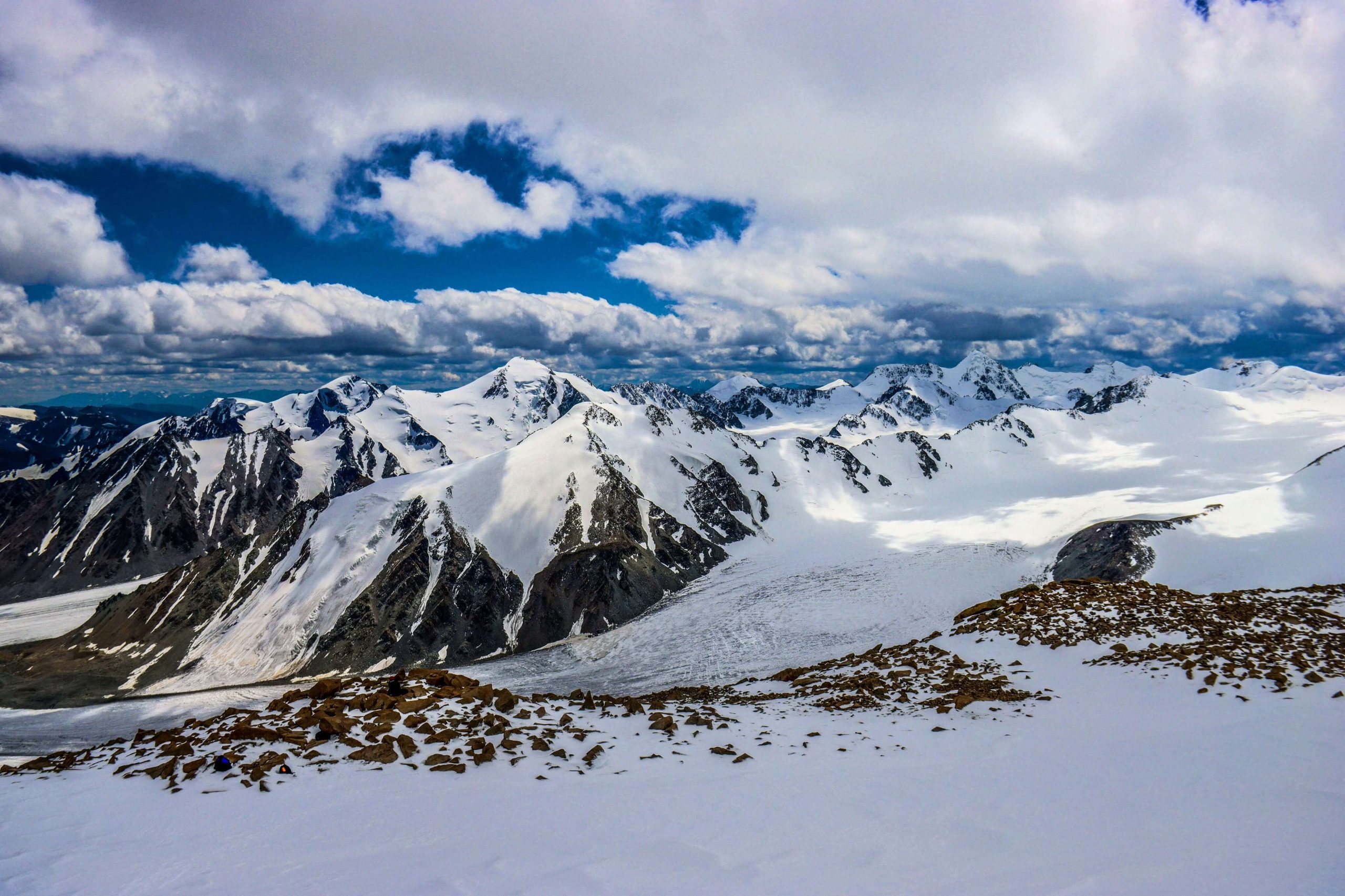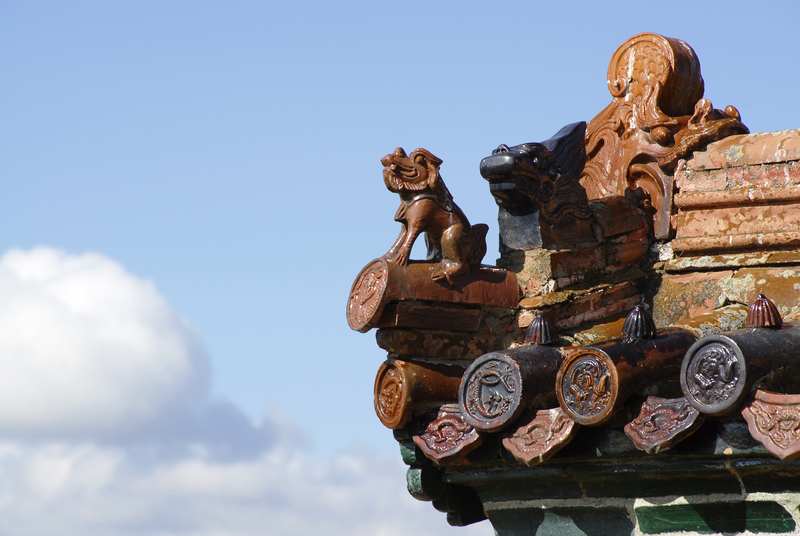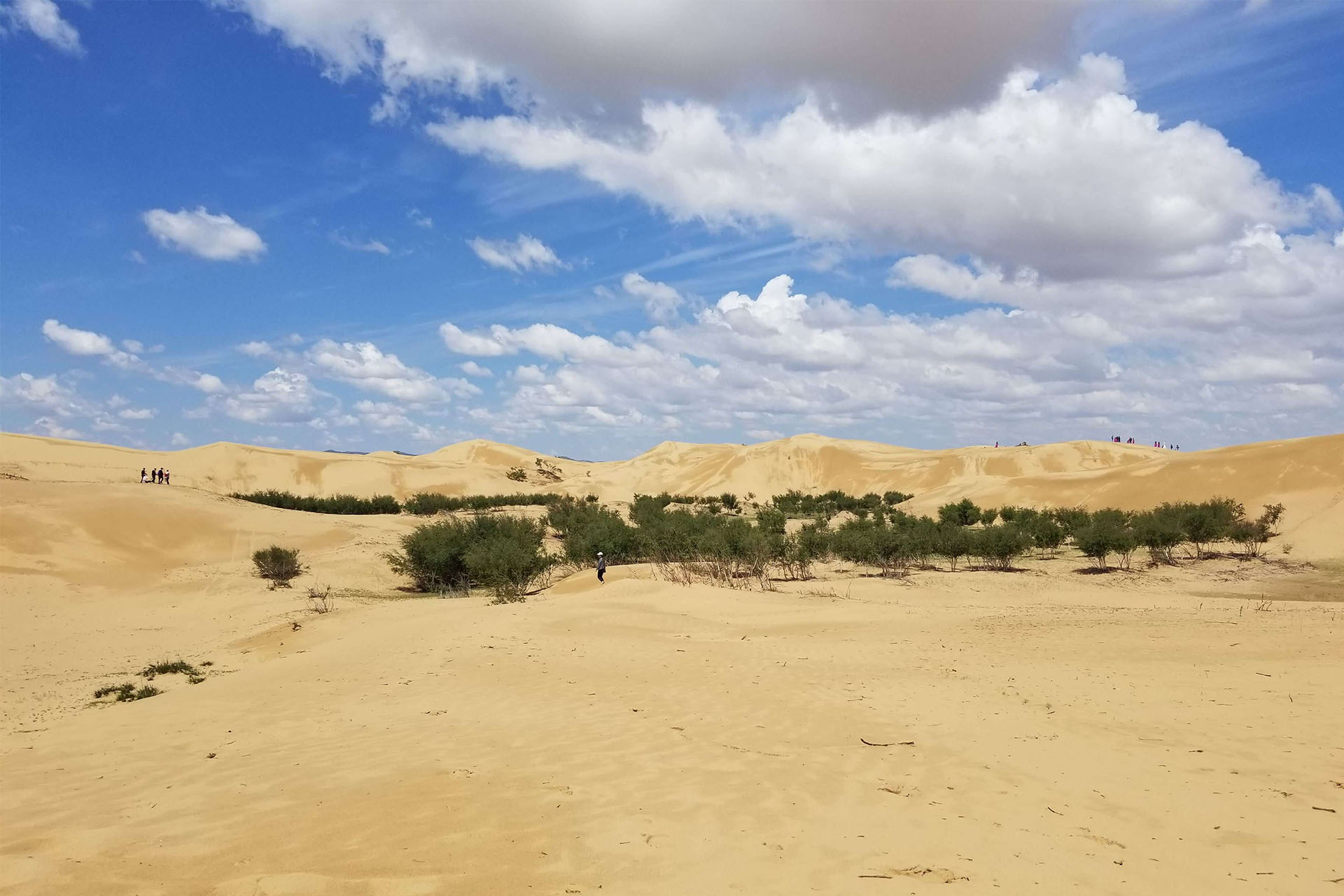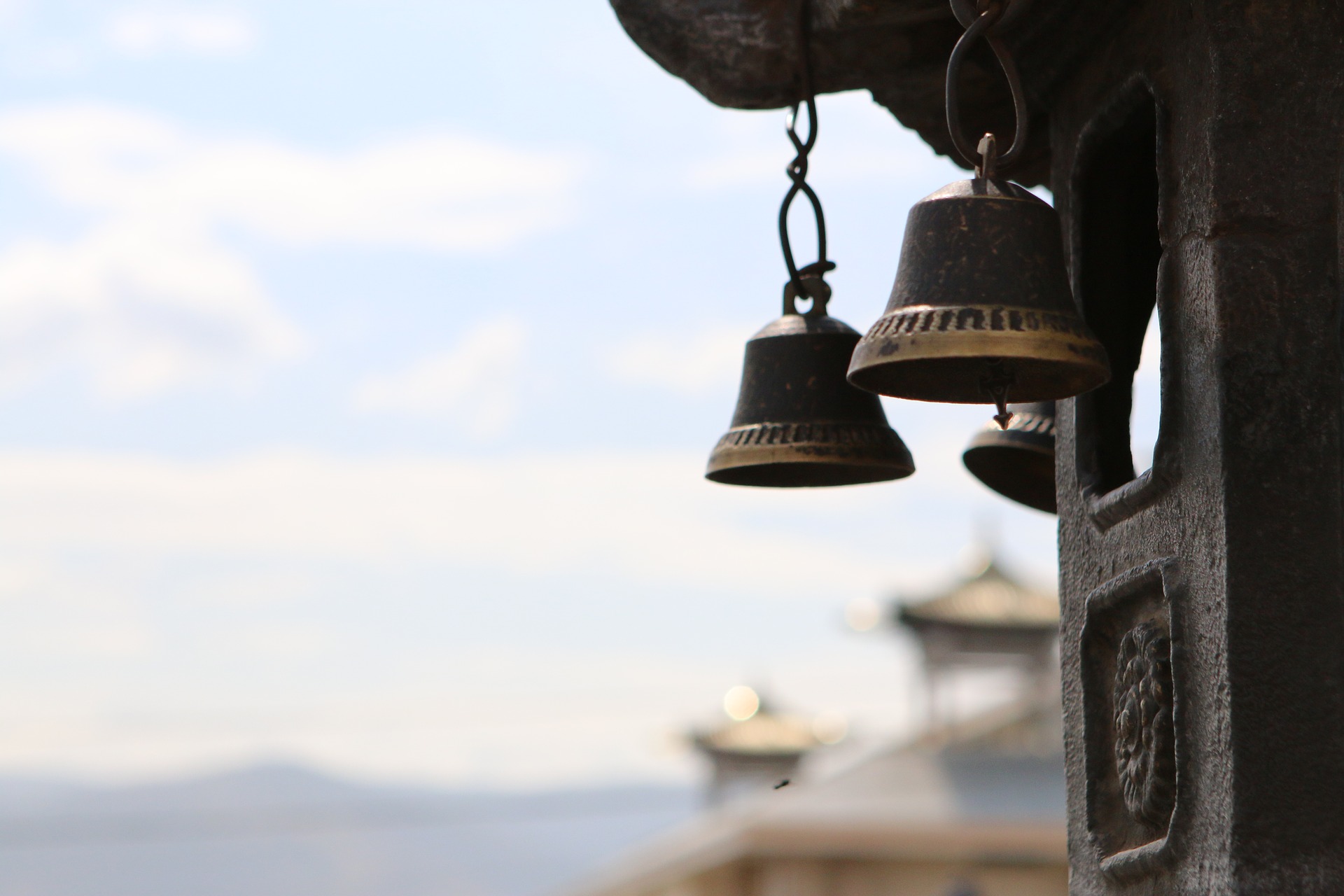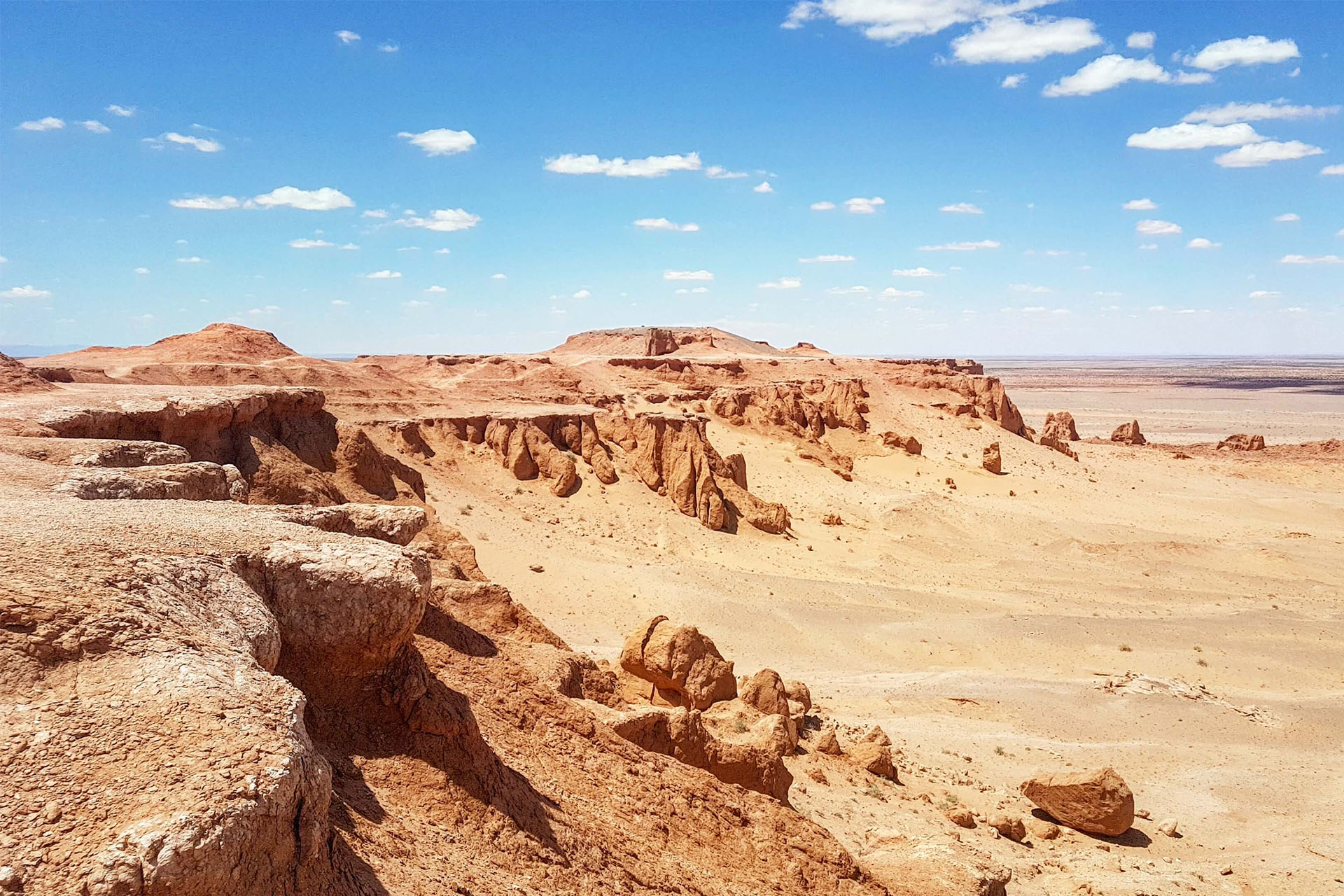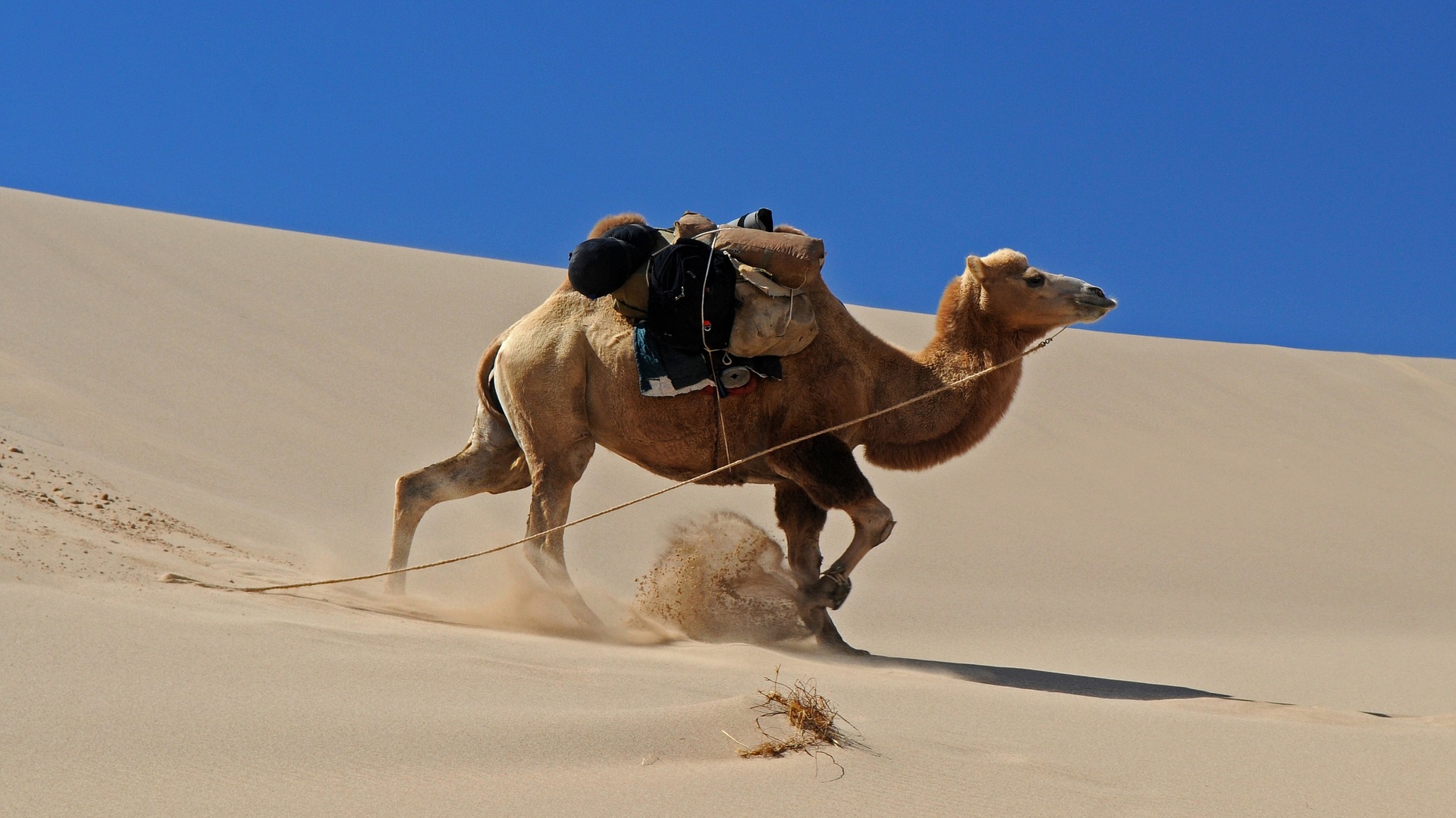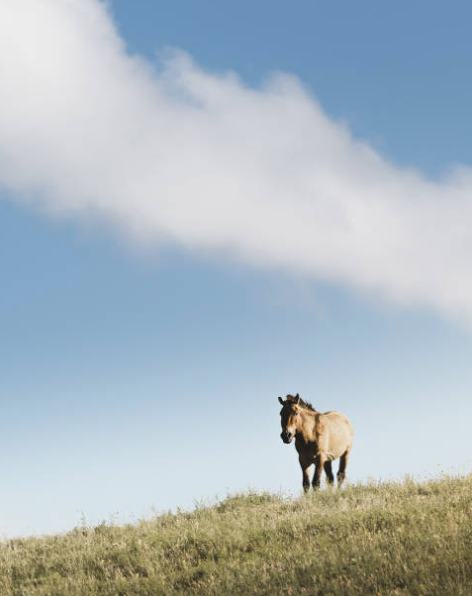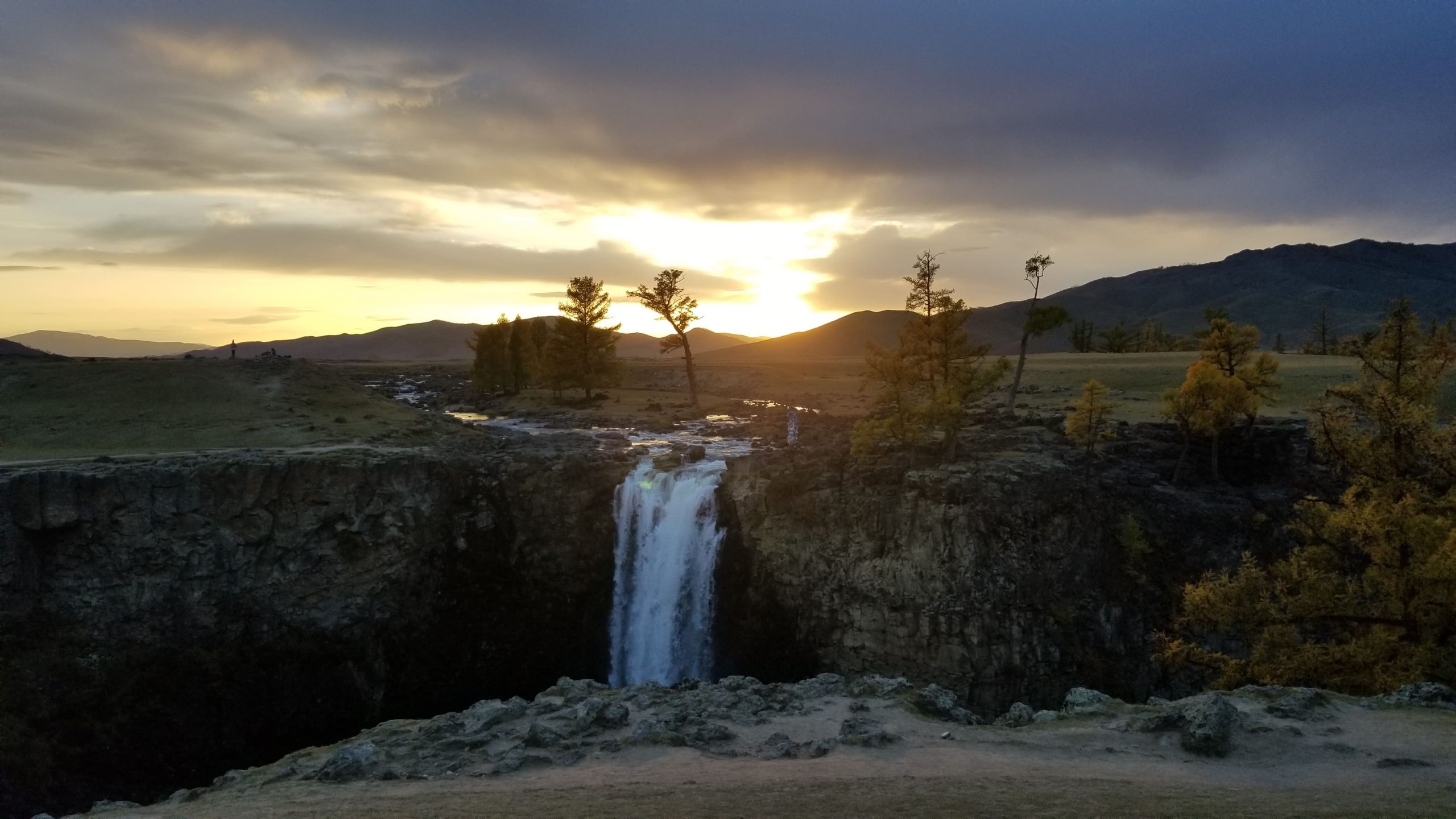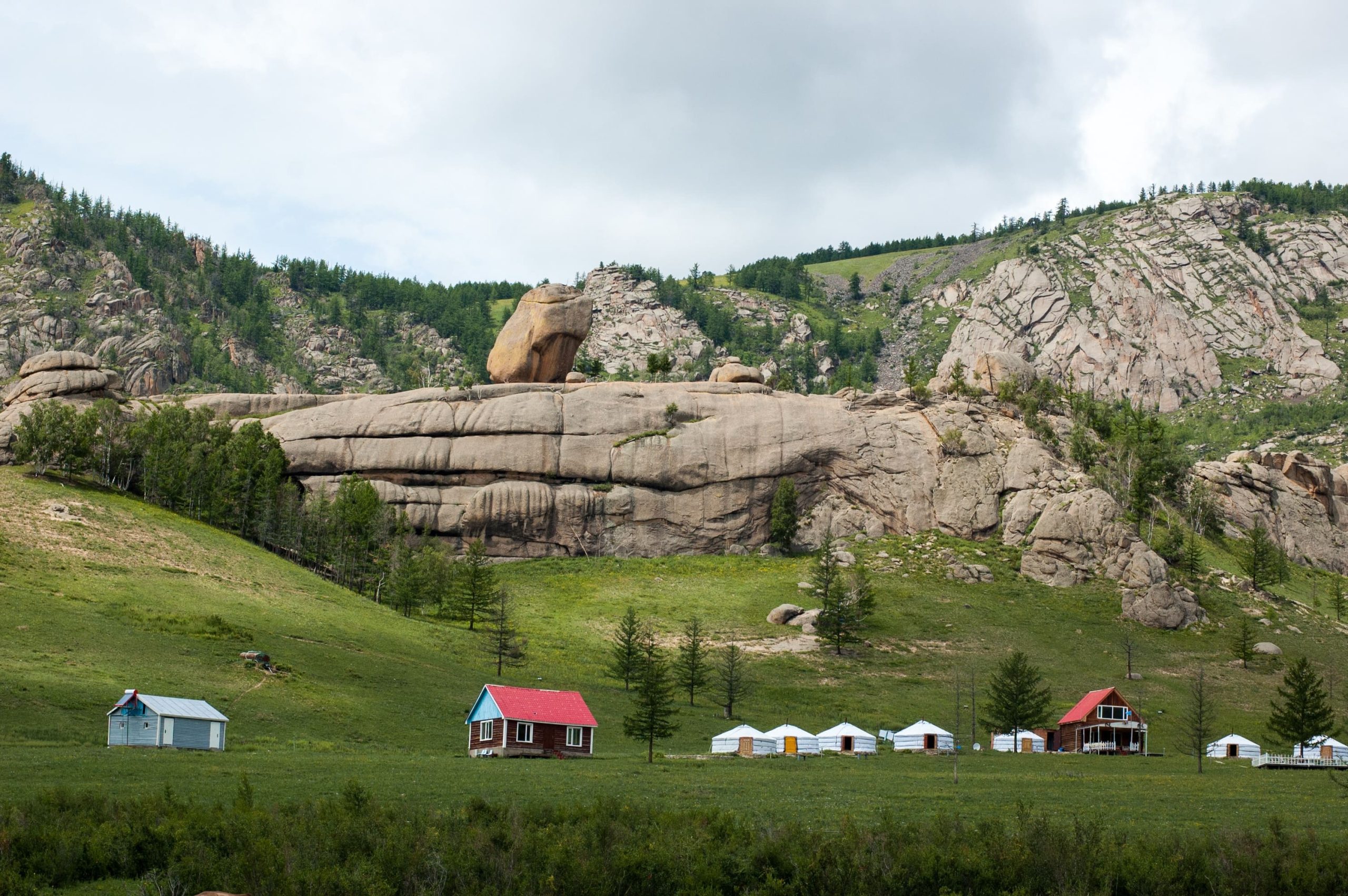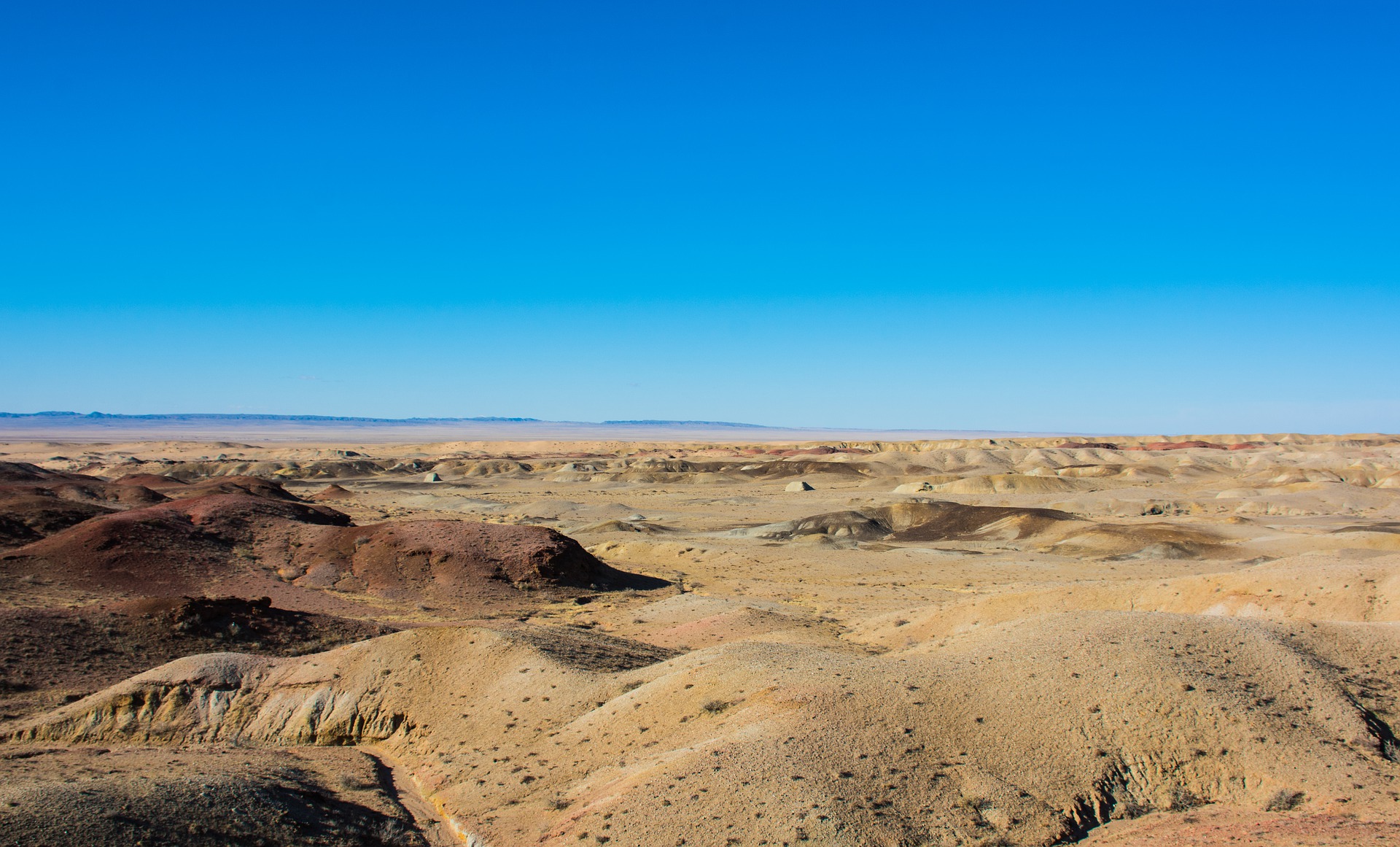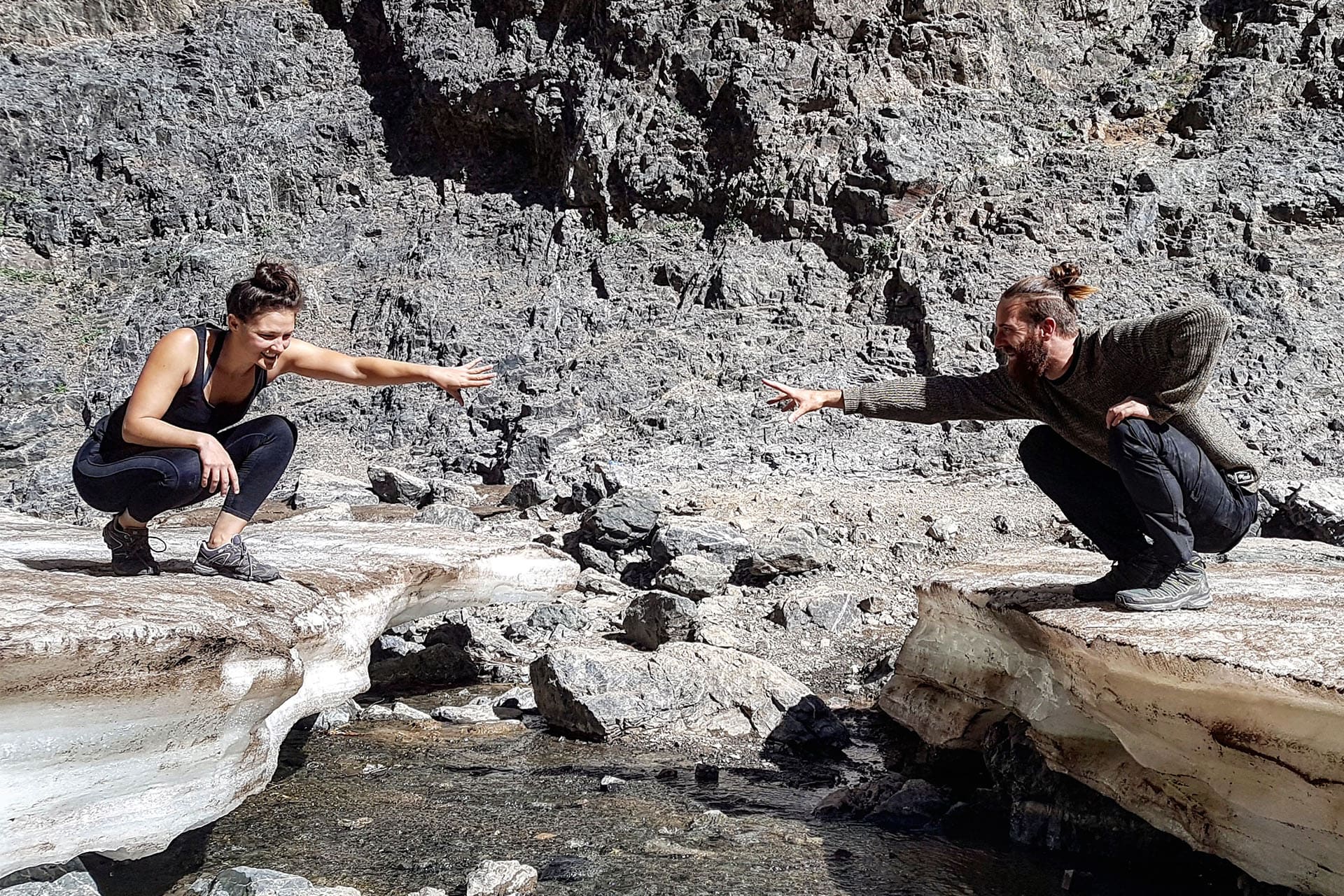Mongolia, with its vast steppes, rugged mountains, and rich history, captivates visitors worldwide. This blog explores why Mongolia is famous, highlights one of its most beautiful cities, identifies the most visited city, and delves into the country’s age and character.
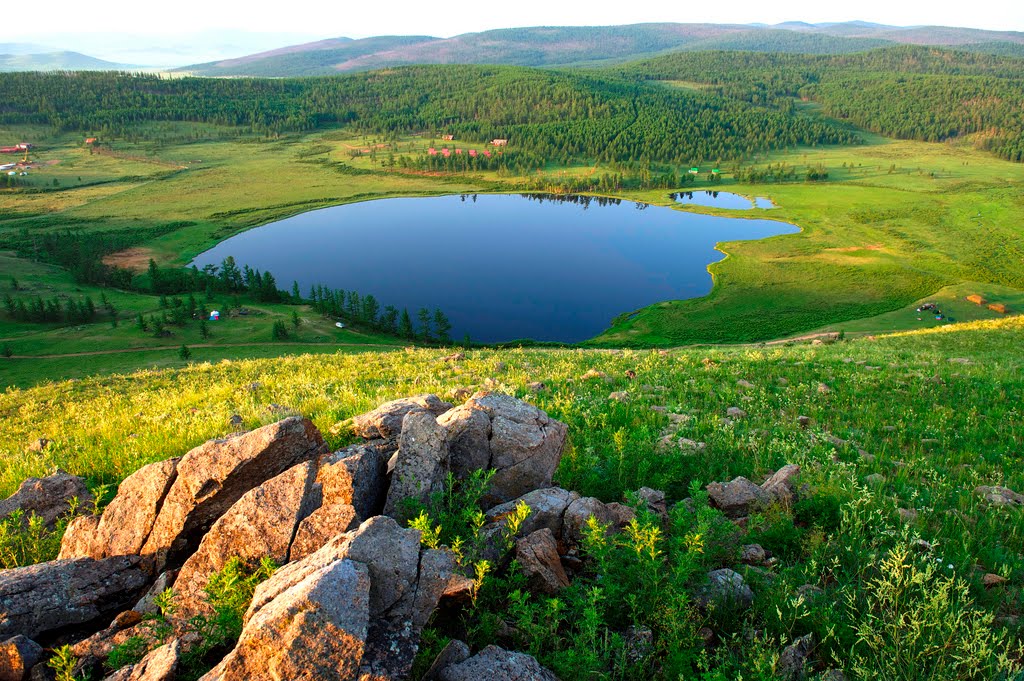
Why Is Mongolia Famous?
Mongolia is renowned for several key reasons:
- Genghis Khan: The name “Mongolia” is closely linked with Genghis Khan, who founded the Mongol Empire in the early 13th century. His empire, one of the largest in history, stretched across Asia and Europe. Genghis Khan’s legacy remains a significant part of Mongolian culture.
- Nomadic Culture: Mongolia is famous for its rich nomadic heritage. The traditional lifestyle includes unique yurts (gers), horsemanship, and seasonal migrations. This way of life has remained largely unchanged for centuries.
- Naadam Festival: The Naadam Festival, held every July, is one of Mongolia’s most famous events. It features the “Three Manly Games” of wrestling, horse racing, and archery, showcasing Mongolian culture and traditions.
- Scenic Landscapes: Mongolia’s landscapes, including the Gobi Desert, the Altai Mountains, and expansive grasslands, are renowned for their natural beauty. These untouched wilderness areas attract adventurers and nature enthusiasts.
- Unique Wildlife: Mongolia is home to rare wildlife such as the Przewalski’s horse, snow leopards, and bactrian camels. These unique species add to the country’s appeal as a wildlife destination.
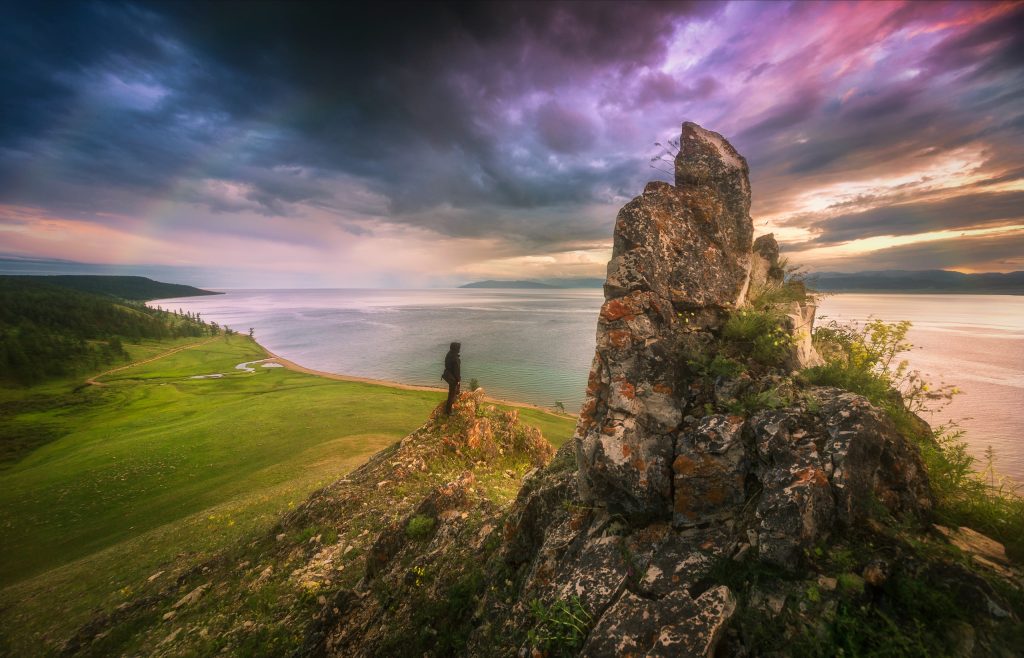
Which City Is Beautiful in Mongolia?
Among Mongolia’s cities, Ulaanbaatar stands out for its beauty, though its charm is different from the vast natural landscapes. Ulaanbaatar is the capital and largest city, blending traditional Mongolian culture with modern development.
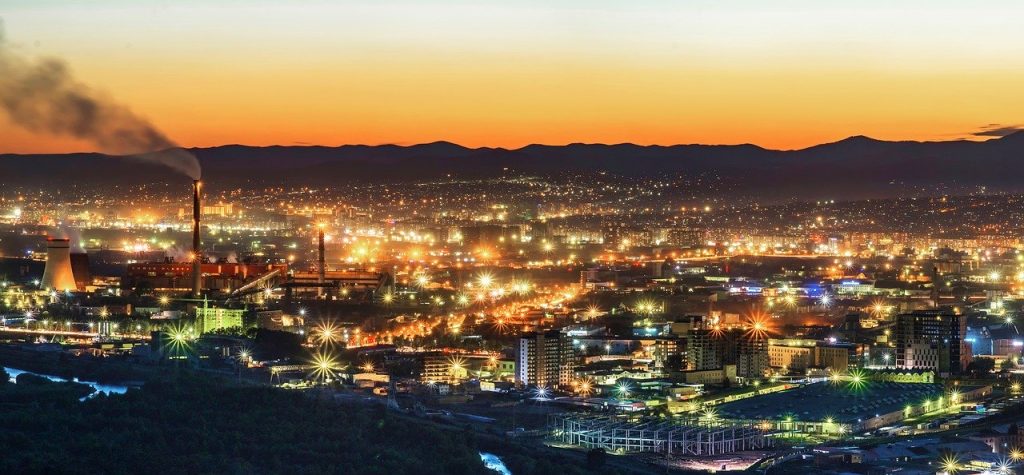
Key highlights include:
- Gorkhi-Terelj National Park: Located just outside Ulaanbaatar, this park offers stunning views with granite rock formations, rolling meadows, and serene rivers.
- Sukhbaatar Square: The heart of Ulaanbaatar, featuring an impressive statue of Genghis Khan and notable architecture.
- The National Museum of Mongolia: This museum provides insights into the country’s rich history and culture.
What Is the Most Visited City in Mongolia?
Ulaanbaatar is the most visited city in Mongolia. As the capital and major economic and cultural hub, it serves as the primary entry point for international travelers. The city offers a range of attractions, accommodations, and services, making it central for those exploring Mongolia.
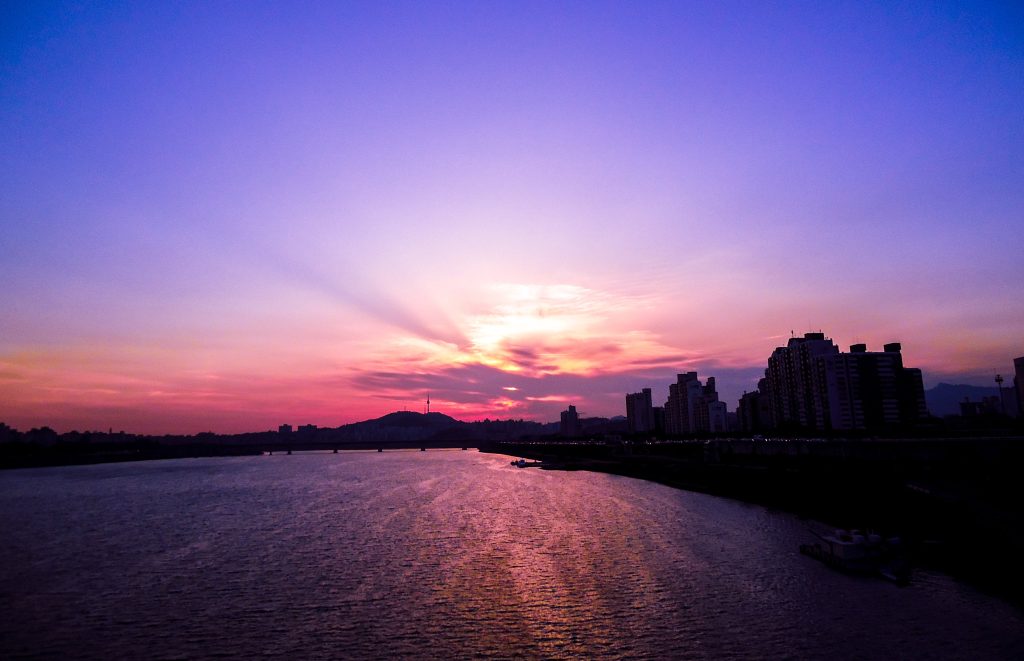
How Old Is Mongolia?
Mongolia has a long and complex history:
- Ancient Origins: The region has been inhabited for thousands of years, with evidence of ancient civilizations dating back to the Bronze Age.
- Mongol Empire: The modern concept of Mongolia began in the early 13th century with Genghis Khan’s rise and the establishment of the Mongol Empire.
- 20th Century: Mongolia declared independence from China in 1921 and became a democratic republic in 1990, transitioning from a socialist state to a democratic nation.
Overall, Mongolia’s history spans several millennia, from ancient nomadic cultures to a modern democratic state.
What Kind of Country Is Mongolia?
Mongolia is characterized by:
- Landlocked Status: Mongolia is landlocked, bordered by Russia and China. This geographical position has influenced its historical and cultural development.
- Sparse Population: With one of the lowest population densities in the world, Mongolia’s vast landscapes are home to a relatively small number of people. This allows for expansive natural areas and a sense of wide-open spaces.
- Cultural Blend: Mongolia is a mix of traditional nomadic culture and modern influences. Traditional practices like horsemanship and the use of gers coexist with modern urban developments.
- Democratic Republic: Mongolia is a democratic republic with a multi-party system. Since the democratic transition in 1990, the country has made significant strides in political and economic reform.
- Environmental Richness: The country is known for its diverse and pristine natural environments, from deserts to mountains and grasslands.
Conclusion
Mongolia’s fame comes from its historical significance, rich cultural traditions, and stunning landscapes. Ulaanbaatar, as the most visited city, offers a blend of traditional and modern experiences. Mongolia’s deep historical roots and unique geographical features make it a captivating destination. Whether drawn by Genghis Khan’s legacy, vibrant festivals, or breathtaking wilderness, Mongolia promises a memorable experience.
